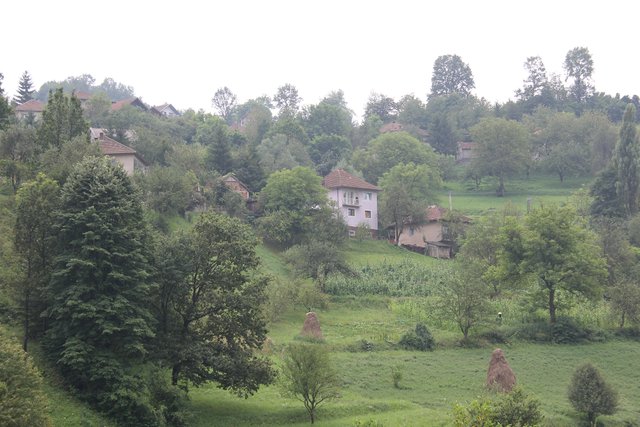Bosnia and Herzegovina

Bosnia has been inhabited since at latest the Neolithic age. The earliest Neolithic population became known in the Antiquity as the Illyrians. Celtic migrations in the 4th century BC were also notable. Concrete historical evidence for this period is scarce, but overall it appears that the region was populated by a number of different people speaking distinct languages. Conflict between the Illyrians and Romans started in 229 BC, but Rome did not complete its annexation of the region until AD 9. It was precisely in modern-day Bosnia and Herzegovina that Rome fought one of the most difficult battles in its history since the Punic Wars, as described by the Roman historian Suetonius.[23] This was the Roman campaign against Illyricum, known as Bellum Batonianum.[24] The conflict arose after an attempt to recruit Illyrians, and a revolt spanned for four years (6–9 AD), after which they were subdued.[25] In the Roman period, Latin-speaking settlers from the entire Roman Empire settled among the Illyrians, and Roman soldiers were encouraged to retire in the region.[20] Following the split of the Empire between 337 and 395 AD, Dalmatia and Pannonia became parts of the Western Roman Empire. Some claim that the region was conquered by the Ostrogoths in 455 AD. It subsequently changed hands between the Alans and the Huns. By the 6th century, Emperor Justinian had reconquered the area for the Byzantine Empire. Slavs overwhelmed the Balkans in the 6th and 7th centuries. Illyrian cultural traits were adopted by the South Slavs, as evidenced in certain customs and traditions, placenames, etc.[26] Timothy Gregory explains: